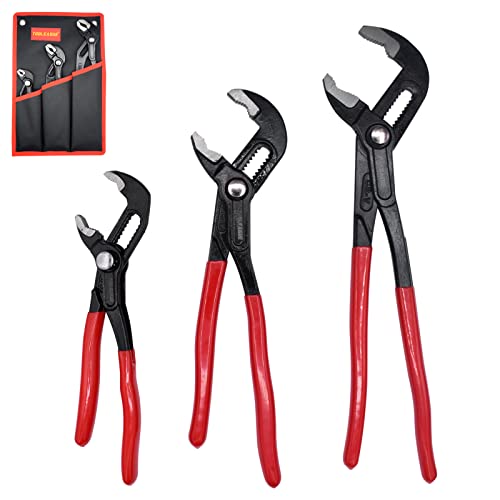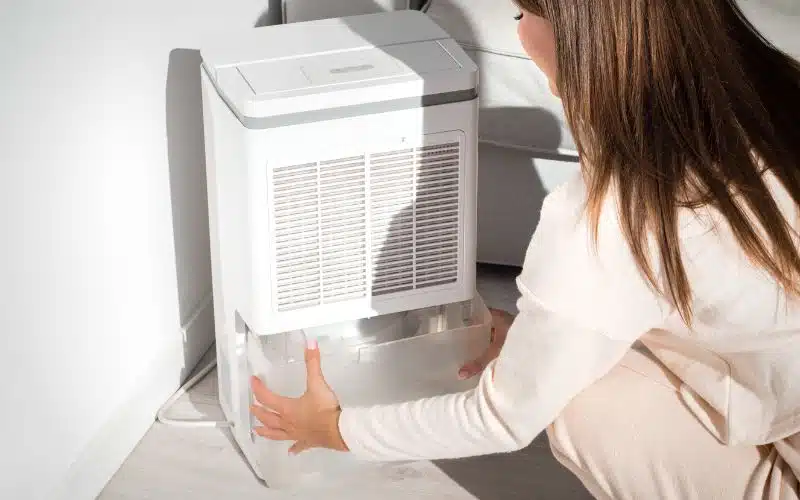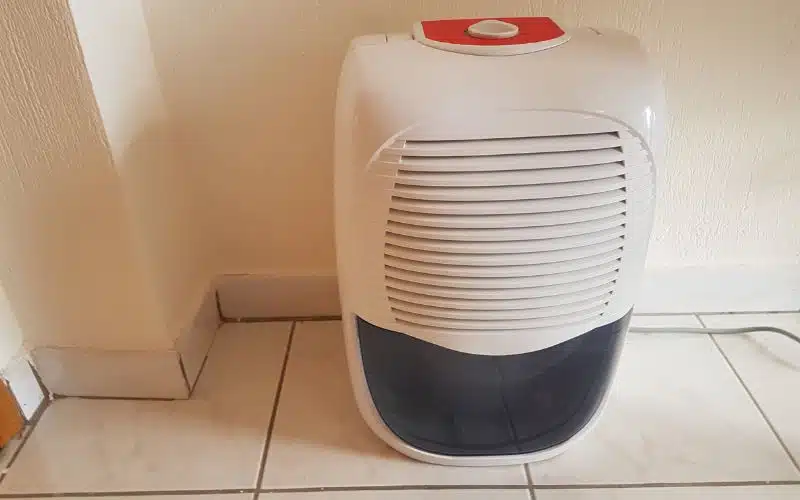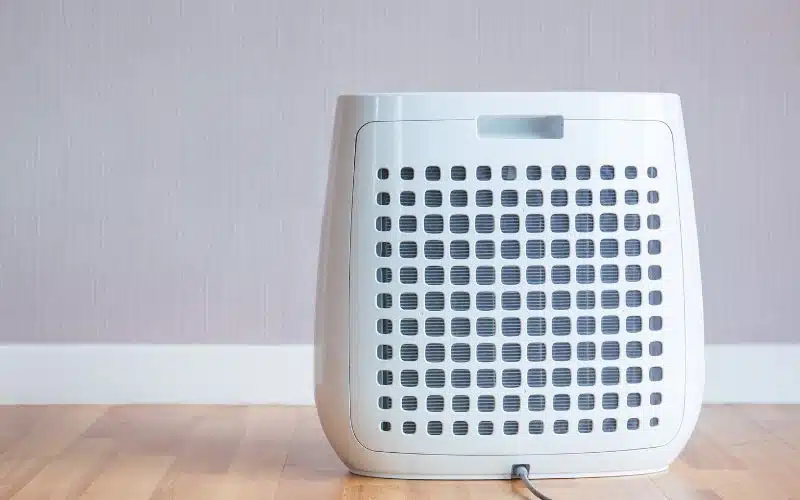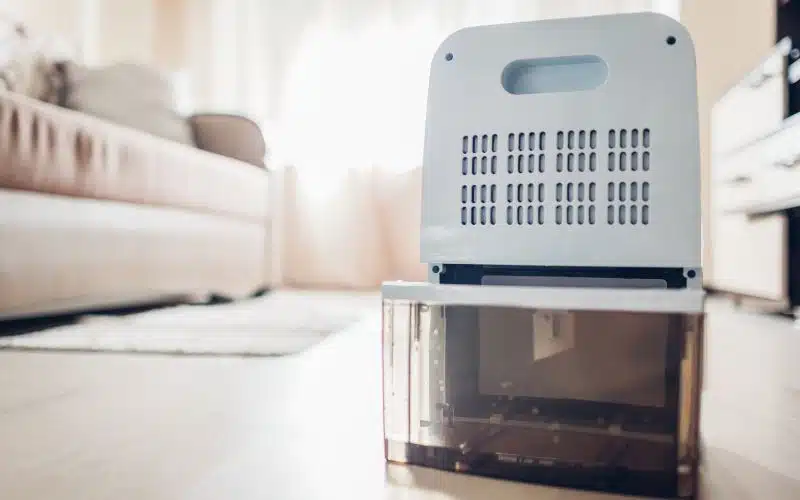Dehumidifiers play a vital role in maintaining optimal humidity levels in various spaces. They extract moisture from the air, ensuring a comfortable and mold-free atmosphere.
However, as they collect water, proper drainage becomes essential. The internal buckets can fill up quickly for Hisense dehumidifiers, causing the appliances to shut off.
Using an external hose allows for continuous operation. However, the question remains: Can you hook a hose to a Hisense dehumidifier?
You can hook a hose to a Hisense dehumidifier for continuous drainage. The feature is ideal for areas with high humidity where the appliance can quickly fill up with water. Also, using a hose allows the unit to run without you manually emptying it frequently. It offers convenience, especially in spaces with floor drains.
In this article, you’ll discover if Hisense dehumidifiers drain through hoses. Dive in and explore the benefits and step-by-step process of connecting a hose for seamless operation.
Do Hisense Dehumidifiers Drain Through Hoses?
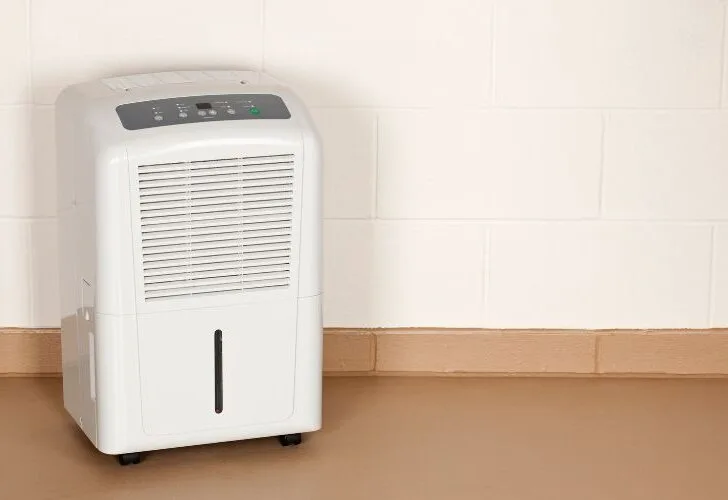
Yes, Hisense often equips its dehumidifiers with built-in drainage options. This feature allows users to connect hoses for more effortless water expulsion easily.
The hose drainage option is particularly useful for users who prefer not to empty the collection bucket regularly. It offers convenience for spaces where consistent dehumidification is crucial.
Regarding hose drainage methods, Hisense dehumidifiers offer two primary options: gravity drainage and pump drainage.
As the name implies, gravity drainage relies on gravitational force to expel the collected water. It is the most straightforward method.
In this method, you connect a hose to the dehumidifier’s drainage outlet and then lead it to a nearby drain. Since it is gravity-dependent, the hose’s endpoint must be lower than the unit.
The method is energy-efficient and requires no additional power. However, the hose’s positioning relative to the device can prove a constraint.
Models with the pump drainage method come equipped with pumps that forcefully expel the collected water. This option is especially useful if you need to direct the water upward.
It is also convenient for other situations where gravity drainage might be ineffective. The pump pushes the water through the hose to its desired location.
This method consumes additional energy. However, it is a popular choice among users because of its convenience and flexibility.
Other factors contribute to efficient hose drainage in Hisense dehumidifiers. They are placement and regular checks.
You should ensure the hose has no kinks or bends that could impede water flow. Additionally, you should place the hose so there’s no risk of tripping.
Even with this continuous drainage method, periodically checking the hose for blockages and buildup is a good idea. This practice ensures optimal performance and prolongs the unit’s life.
How To Attach a Hose to a Hisense Dehumidifier?
Attaching a hose to Hisense dehumidifiers is straightforward, but you must follow a process to ensure a leak-free setup.
Below are the steps:
#1. Prepare Materials
Before beginning, gather all necessary tools and materials. You will need the following:
- Hose
- Water container
- Pliers
#2. Set Up the Unit
Begin by placing your dehumidifier near the desired drainage area. Remember, the hose’s endpoint should be lower than the device’s drainage outlet for gravity drainage.
Turn off and unplug the appliance from the power source before you start the attachment process.
#3. Locate the Drainage Outlet
The drainage outlet of the Hisense dehumidifier is usually at the back or side of the device. It has a “Continuous Drain Outlet” label or a water flow icon.
Once you have located the outlet, unscrew or remove the cap. Store it in a safe place, as you’ll need it if you decide to switch back to using the unit’s internal bucket later.
#4. Prepare and Attach the Hose
Ensure that the hose is free of obstructions and kinks. If your device has a specific drain hose, use it instead.
Then, insert the female end of the hose into the drain outlet. Turn it in a clockwise direction to ensure a secure fit.
Make sure that it is tight enough to prevent any leaks. Use a pair of pliers if you can’t tighten it with your hands. Take care, however, not to tighten it too much to prevent damage to the outlet.
- DURABLE:This pump clamp set is made of high...
- OPENING SIZE:1-3/16 inch (30mm) for 7-inch model,...
- WIDE RANGE OF APPLICATIONS: ergonomic handle for...
- OUTSTANDING GRIP: The V-jaw design provides...
Last update on 2024-01-05 / Affiliate links / Images from Amazon Product Advertising API
#5. Position the Hose
Direct the other end of the hose to a nearby drain or sink. If using the gravity drainage method, check the hose’s gradient, ensuring its endpoint is lower than the unit’s outlet.
Before securing everything in place, turn on the dehumidifier briefly. Place the water container at the hose’s end to catch the water. Ensure that there’s no leakage.
#6. Final Checks
Once you’re satisfied with the drainage, secure the hose in position with clips or ties. Ensure it’s safe from tripping hazards or kinks that impede water flow.
Now plug in your dehumidifier and turn it on. Monitor the connection to ensure no leakage and confirm the water drains effectively.
Do Hisense Dehumidifiers Come Standard With Hoses?
Some Hisense dehumidifiers come with hoses. However, this feature depends on models as not all come standard with hoses in the box.
When you buy a Hisense dehumidifier, the box generally contains the main unit and a user manual. Some packages include additional features depending on the model purchased.
While Hisense designs its humidifiers with the capability to attach a hose, they don’t typically include the hose itself. The user needs to purchase a hose separately.
The reason is the requirement of hose type can vary based on individual user needs. The hose length may also vary based on the locations of the drainage points.
Nevertheless, certain premium models might include a hose as part of the package. For instance, models are designed for high-humidity areas where continuous draining is necessary.
It’s always a good idea to check the product description during purchase to understand its content. The Hisense customer service can also help you choose a dehumidifier with a hose.
What Hose Type Is Best for Draining Hisense Dehumidifiers?
When considering the best hose type for draining Hisense dehumidifiers, it is essential to examine the functionality of each hose type.
So, let’s look at them one after the other.
#1. Garden Hose
Garden hoses are the commonly recommended type for draining Hisense dehumidifiers. They are durable, readily available, and mostly compatible with appliances.
Their internal diameter allows for efficient and unobstructed flow of the collected water. Their length can also be beneficial for directing water over long distances.
However, garden hoses can be quite rigid. This rigidity makes them challenging to route or position, especially in tight places.
Also, in indoor spaces, the appearance of a garden hose might not be as hidden as one might prefer. You may find them obtrusive, especially in living spaces.
#2. Washer Hoses
Washer hoses are suitable for high-pressure water flow, typically used for washing machines. Their reinforced structure handles the water pressure from the washer’s pump.
While you can use them for draining dehumidifiers, they might be too robust for simple dehumidifier drainage tasks. The dehumidifier’s water flow does not exert much pressure.
Also, washer hoses might not always be compatible with a dehumidifier’s drain outlet. This constraint makes them require adapters to fit on the appliances.
#3. Soaker Hoses
Soaker hoses seep water slowly along their length. They’re commonly used in gardens to provide gradual watering to plants.
It would be counterproductive to drain a dehumidifier with a soaker hose. Instead of draining the water away, it’d release it along its length, resulting in damp areas or water pooling.
Given the specific purpose of draining a Hisense dehumidifier, the garden hose is the best choice. It balances durability, compatibility, and length, making it efficient and practical.
You can also use a washer hose for shorter drainage needs or if a garden hose isn’t available. The soaker hose isn’t suitable for dehumidifier drainage because of its water dispersion design.
Can You Drain Hisense Dehumidifiers with a Hose and Bucket?
Hisense designed its dehumidifiers to collect water in built-in buckets or drain it through a hose. While the device can accommodate both options, it can’t operate simultaneously.
When you connect a hose, it often bypasses the bucket, allowing for continuous drainage. Conversely, if there is no hose, the water fills the bucket until it reaches capacity.
However, it is important to direct the hose to an appropriate drainage point for the hose drainage option to work efficiently. You should also position it downward from the unit.
Gravity assists the drainage process, so the hose must run downward to the drain. This method can ensure continuous drainage if you set it up correctly.
Draining a dehumidifier with a hose has its attendant benefits and consequences.
The table below contains some of these advantages and disadvantages:
| Pros | Cons |
|---|---|
| Continuous operation of the dehumidifier | Potential for leaks |
| It Eliminates the need for manual intervention | It makes the dehumidifier less portable |
| It is ideal for spaces of high humidity | Hoses are aesthetic concerns in some spaces |
| It reduces the chances of water spillage | Placement may not always be convenient |
| It prevents the growth of mold and mildew |
Hisense designs its dehumidifiers with user convenience in mind. The option to connect hoses for drainage ensures efficient and hassle-free operation.
